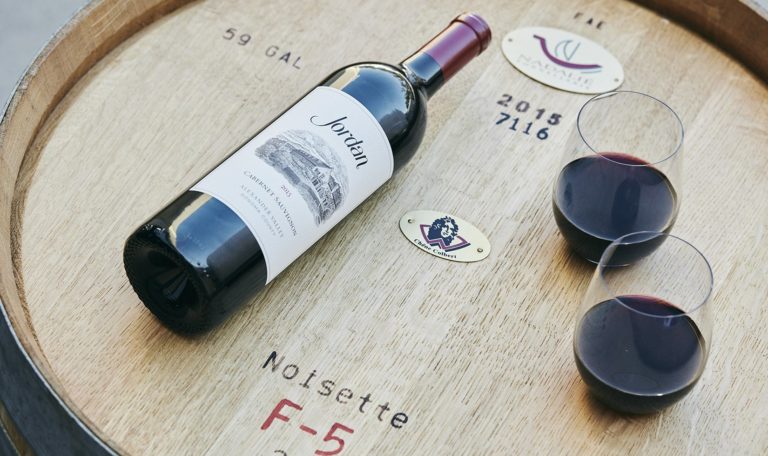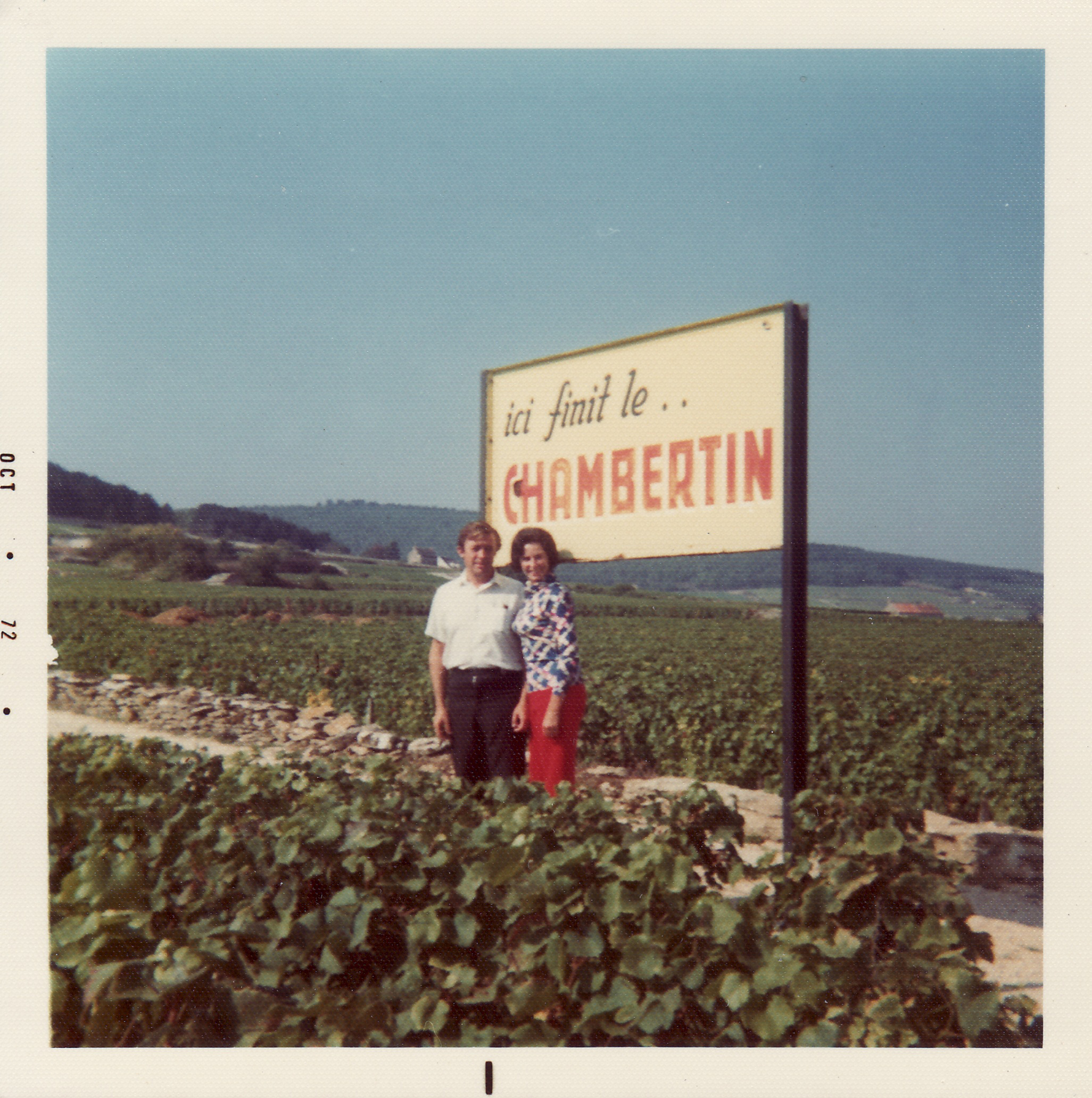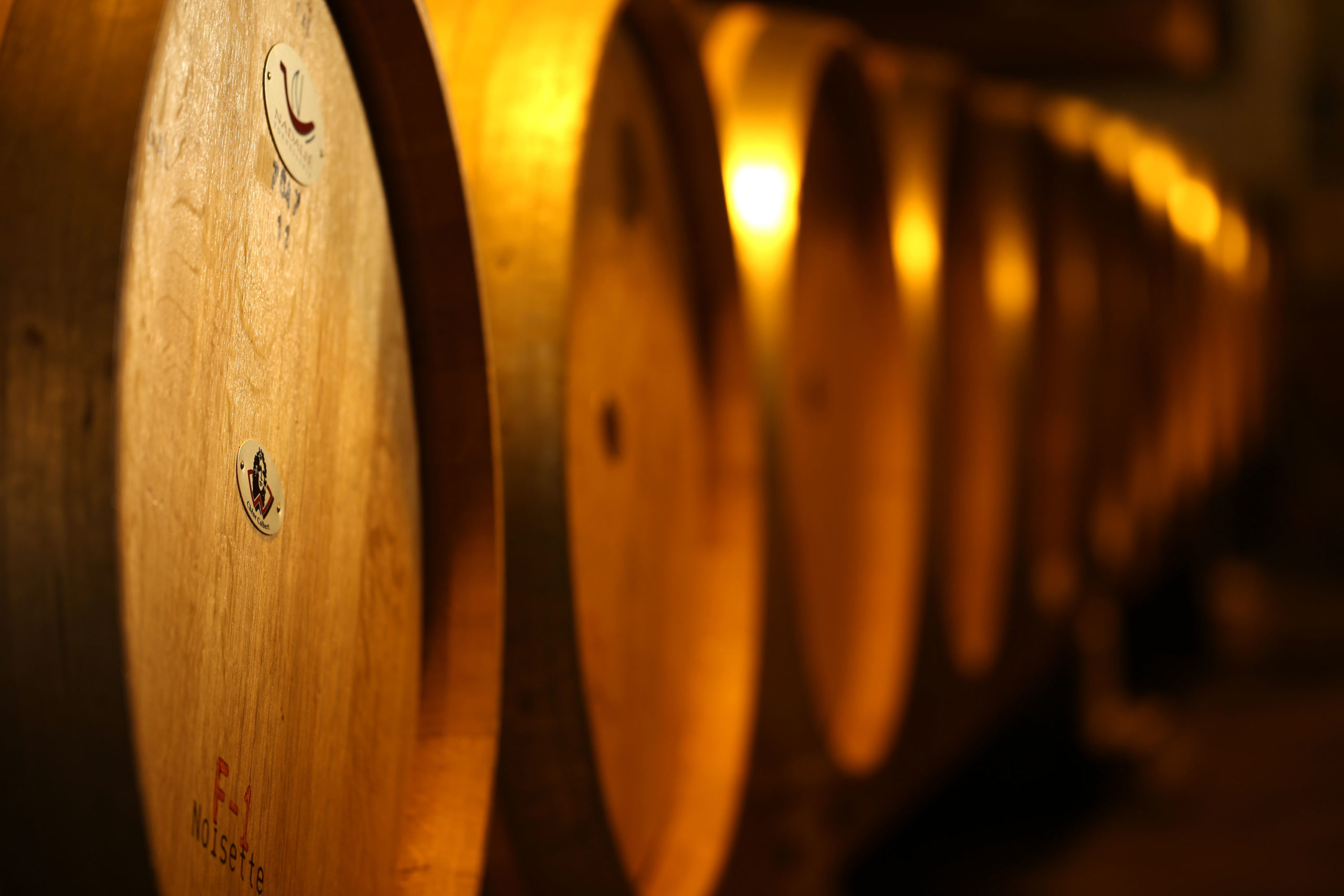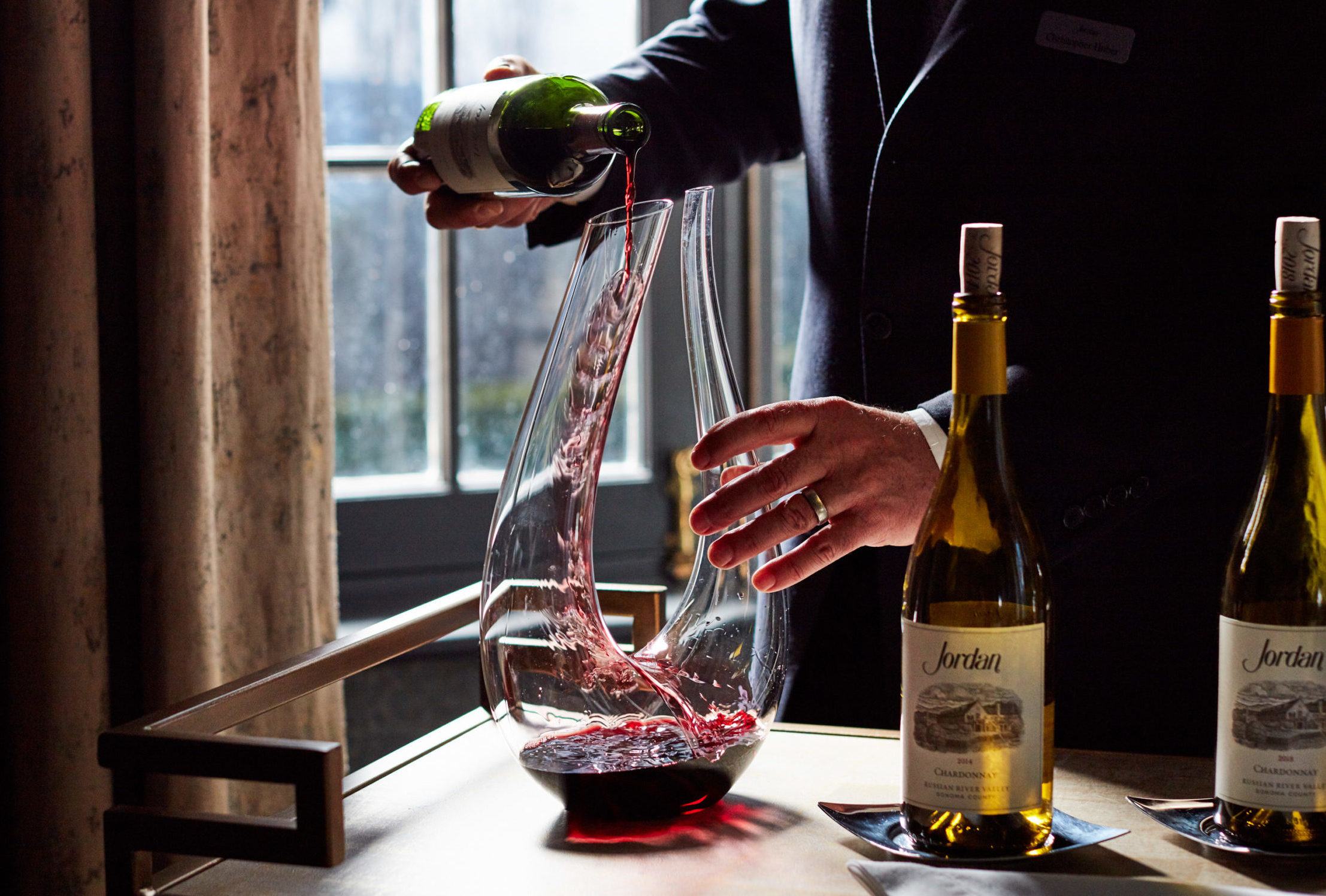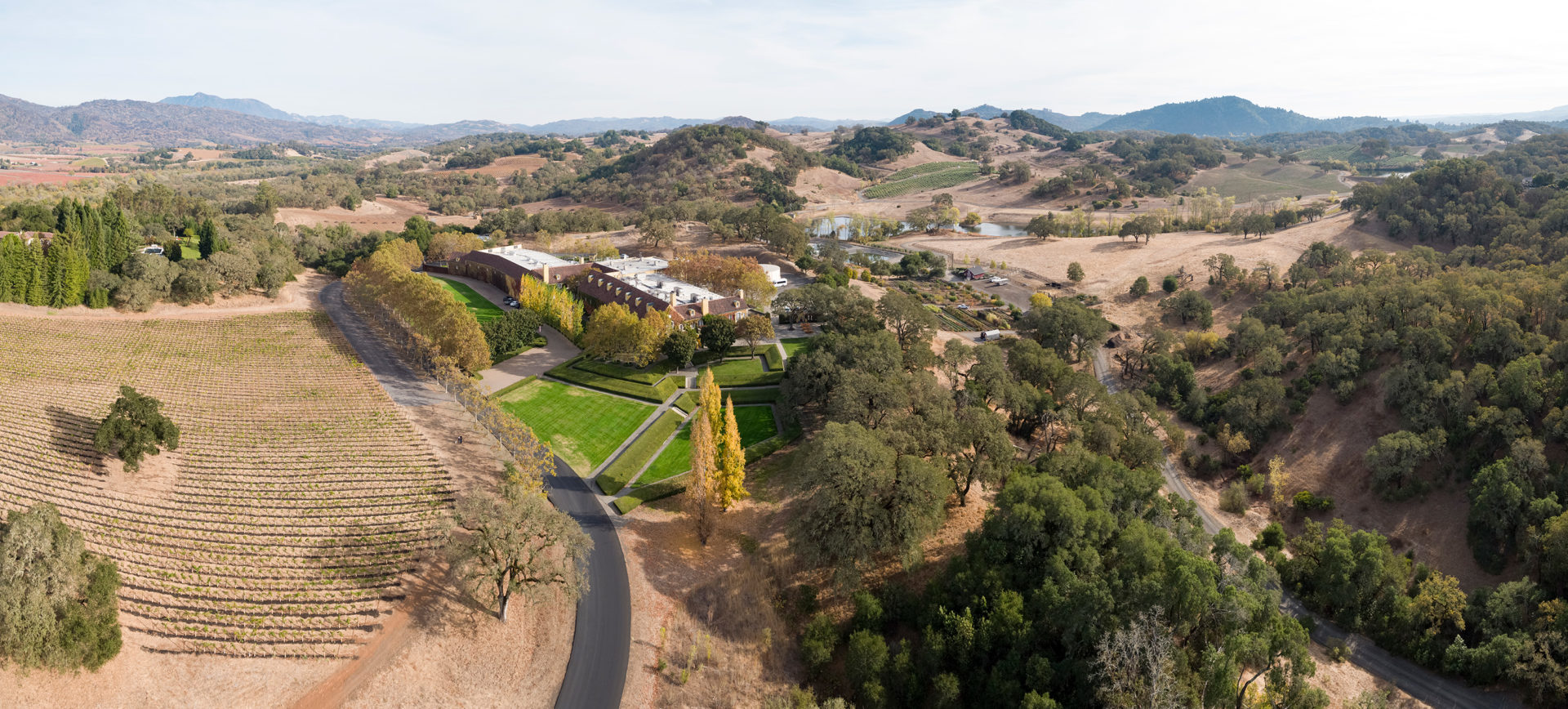Innovation and elevation
Second-generation vintner John Jordan took over full ownership of the winery in 2007 and has served as hands-on CEO since 2005. Under his direction, Jordan Vineyard & Winery continues to innovate and elevate through award-winning wines and hospitality. From advancements in grape sourcing, oak aging, precision farming, and conserving natural resources to diversifying agriculture and creating new visitor experiences at our Healdsburg winery, Jordan continues a relentless quest to improve with every vintage. A commitment to this tenet helped make Jordan one of the top cabernet sauvignon brands in California.
Learn More About Our History
